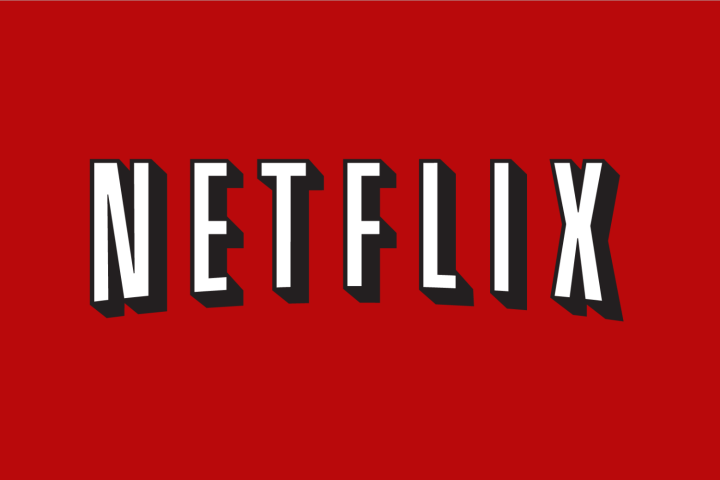
After years of spying, hiring hackers to safeguard their content, and dragging their own customers into messy courtroom battles, it turns out the best way for big media to stem the massive tide of peer-to-peer file sharing of their content is incredibly simple: put it on Netflix.
The latest Global Internet Phenomena Report released by Sandvine media reveals that Netflix and YouTube now account for over 50 percent of all Internet downstream traffic during peak hours in North America, while peer-to-peer sharing has fallen to a measly 10 percent.
The report shows Netflix taking up the largest bite, garnering 31.6 percent, while Google owned YouTube rose to 18.6 percent. The other “big” streaming sites such as Amazon Instant Video and Hulu pale in comparison to the big red, taking up less than 3 percent of the info superhighway combined. The big number for Netflix is down from last May’s 32.2 percent, but the company’s implementation of SuperHD for all customers should keep its numbers strong, and will likely bring a rise in the coming months, according to Sandvine. Also notable in the report is the fact that Netflix takes up almost 20 percent of traffic in the British Isles only two years after its inception, a number that took four years to reach here in the U.S.
Now think back to 11 years ago, when Sandvine completed its first Global Internet report. When it came to quality streaming content, the internet was a scarcely imaginable desolate landscape in which sites like Netflix, Pandora, Spotify, and even YouTube didn’t exist yet. In those early days of the digital revolution, peer-to-peer file sharing was king, pulling in almost 60 percent of all internet traffic, according to Sandvine. That’s a whole lot of pirates sailing the virtual sea. Six years, and many more available choices later, peer-to-peer sharing fell to just 31 percent, and has continued its decline in correlation with the rise of streaming options to its paltry numbers of less than 10 percent today.
The moral of the story? People will find a way to get content, no matter what. And, as the big four music studios found out in the iTunes/Napster debacle at the turn of the century, you can’t stop the future, no matter how much you want to hold on to the golden days. The format will always change, but the desire for access remains. And those who truly understand that, like Netflix for instance, will find themselves riding the wave instead of being buried by it.


